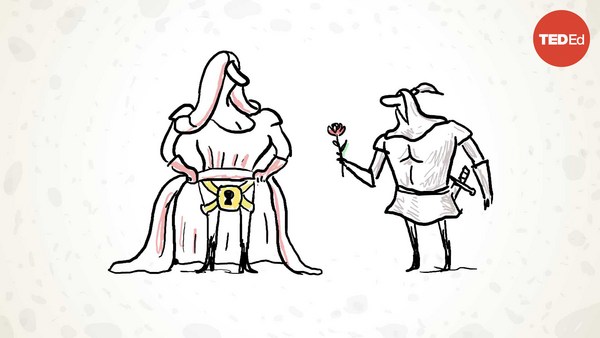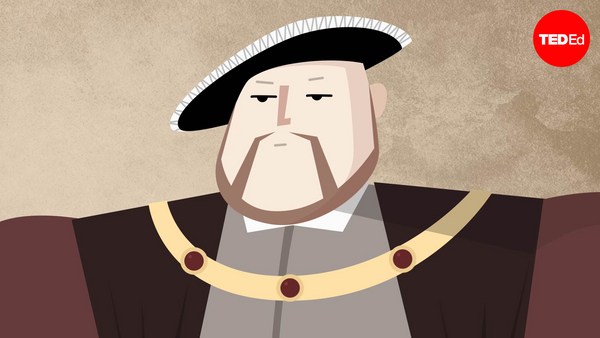10th century jester Jing Xinmo may have overstepped when he got chased by a dog, then teasingly told the Chinese emperor that he shouldn’t let his kids go around biting people. The emperor took offense and trained an arrow on Jing. But instead of begging for his life, Jing cracked another joke. Luckily, this pun landed— so the emperor’s arrow did not.
Contrary to common belief, jesters weren't just a medieval European phenomenon, but flourished in other times and cultures. The first reliably recorded jester is thought to be You Shi, of 7th century BCE China. He declared that, as a jester, his words could not give offense. This privilege was important to the jester’s position— but was sometimes violated. Jesters had unique relationships to power: they could be viewed as objects of mockery and also as entertainers and trusted companions. People became jesters by various routes. They could be appointed due to physical or neurological differences, plucked from a pool of entertainers, or recruited by a traveling courtier. Such was the case when a royal servant wrote King Henry VIII’s chief minister in the 1530s. He recommended a young boy to replace the king’s aging jester, Sexten, with the assurance that he’d be much more pleasant than Sexten ever was.
Some jesters boasted unique talents, like Roland the Farter, of Henry II’s 12th Century court. Every Christmas, he performed a special routine, the finale of which was a simultaneous jump, whistle, and fart.
Additionally, jesters could influence important decisions. For example, if the clowns of the Tübatulabal nation of the Sierra Nevada mountains thought a chief was leading poorly, they could apparently get the elders to appoint a new one.
And, of course, Jing Xinmo knew how to sway the Chinese emperor. A local magistrate once requested that the emperor stop trampling farmland during his hunting sprees. Infuriated, the emperor had the magistrate hauled before him. Jing facetiously suggested that the magistrate be put to death immediately and that the emperor let the peasants starve instead of harvesting the land and paying taxes, all so he could gallop about freely. Presumably seeing the absurdity of his own behavior, the emperor laughed and pardoned the magistrate.
In 1596, a French man was condemned to death. But Mathurine, one of the relatively few female jesters on record, intervened in return for payment. With her help, the man’s wife successfully pleaded with King Henry IV for her husband’s life.
Although rare, jesters were sometimes fired or even killed for taking their mockery or criticism too far. In 1638, Scottish jester Archy Armstrong worsened his already contentious relationship with the Archbishop of Canterbury. The Archbishop had recently revised the Scottish Book of Common Prayer— an act that garnered strong opposition and incited riots. Taking the opportunity to further humiliate him, Archy asked the Archbishop, “Who’s the fool now?” For which he was banished from the court. Three years later, after the Archbishop’s arrest, a pamphlet began circulating that ridiculed him, which was said to be the work of none other than Archy.
Meanwhile, some jesters openly mocked their royal bosses without consequence. 11th century Persian jester Talhak suggested the sultan was a cuckold, implying his wife was unfaithful to him. One day, as the sultan rested his head on Talhak’s knee, he is said to have inquired, “What is your relation to cuckolds?” To which Talhak replied, “I am their pillow.” And when 19th century Persian shah asked whether there was a food shortage, jester Karim Shir’ei joked, “Yes, I see Your Majesty is eating only five times a day.”
Even when rulers were considered divinely appointed, some jesters managed to speak truth directly to power, and reveal— in so many riddles, jokes, or skits— who the real fools were.


